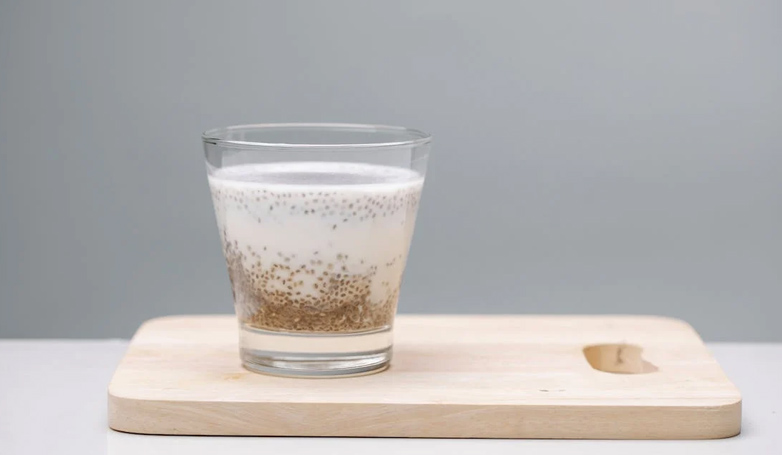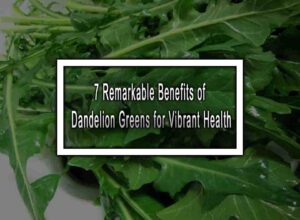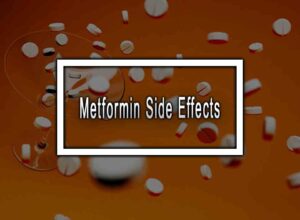Here Are Some High-Fiber Snacks
Eating high-fiber snacks is essential for maintaining a healthy diet and preventing gastrointestinal problems. A diet high in fiber can lower the risk of heart disease, type 2 diabetes, and obesity. Fiber is also important for regulating bowel movements, reducing bloating, and aiding in digestion. The recommended daily intake of fiber for adults is between 21-38 grams. However, many people struggle to reach this target. The good news is that there are plenty of tasty high-fiber snacks available that can make it easier to reach the recommended daily intake. This article will highlight some of the best high-fiber snacks to include in your diet.
1. Popcorn

Air-popped popcorn is an excellent high-fiber snack, with about 3.6 grams of fiber per three cups. It is also low in calories, making it an ideal snack for those watching their weight. Popcorn is whole grain and a good source of antioxidants, making it a better alternative to other snacks high in fat and calories.
2. Almonds

Almonds are a healthy snack full of healthy fats, protein, and fiber. One ounce of almonds (about 23 almonds) contains around 3.5 grams of fiber. They are also high in vitamin E, magnesium, and potassium. Almonds are a great snack option when you’re looking for something filling and nutritious.
3. Fresh or dried fruit

Fruit is a fantastic source of fiber, and many varieties can be eaten fresh or dried. A medium apple contains about 4 grams of fiber, while a cup of raspberries has a whopping 8 grams. Dried fruit is also an excellent option. A quarter cup of prunes contains 3 grams of fiber, and a quarter cup of dried apricots has 2 grams. Fruits are also packed with vitamins and minerals, making them a perfect snack for people living an active lifestyle.
4. Edamame

Edamame, or boiled soybeans in their pods, is a delicious high-fiber snack. Half a cup of edamame contains about 4 grams of fiber. They’re also loaded with protein, making them an excellent snack option after a workout. Edamame is a versatile snack that can be enjoyed as a snack, side dish, or added to salads and soups.
5. Hummus and vegetables

Hummus and vegetables are a great snack option for people looking for a high-fiber and protein snack. Hummus is made from chickpeas, which are a rich source of fiber. One cup of chickpeas contains 13 grams of fiber. Combine this with raw vegetables like carrots, celery, or bell peppers, and you have a tasty high-fiber snack.
6. Chia seed pudding

Chia seeds are a rich source of fiber, with 10 grams of fiber per ounce. They are also high in protein, omega-3 fatty acids, and antioxidants. Chia seed pudding is easy to make by combining chia seeds, almond milk, and honey. It is a delicious and nutritious snack that can be enjoyed as a dessert or mid-day treat.
7. Whole grain crackers

Whole-grain crackers are a great high-fiber snack that can be enjoyed with hummus, cheese, or nut butter. One serving of whole-grain crackers contains around 3 grams of fiber. They are also low in calories, making them an ideal snack for those watching their weight.
Feast on Fiber: Your Guide to the Best High-Fiber Snacks!
Eating high-fiber snacks can be a tasty and easy way to meet your daily fiber requirements. The snacks listed above are not only high in fiber but also packed with nutrients and health benefits. Incorporating these snacks into your daily routine can improve digestion, regulate bowel movements, and promote overall health. So next time you’re on the lookout for a snack, reach for one of these high-fiber options and enjoy the many benefits they have to offer.
High-Fiber Snacks FAQ
Here are the most common questions about high-fiber snacks.
1. How much fiber should I aim to consume each day?
The American Heart Association recommends consuming at least 25 grams of fiber per day for a 2,000-calorie diet. However, the recommended amount may vary based on age, sex, and activity level. Consult with a healthcare provider or registered dietitian to determine the appropriate fiber intake for your individual needs.
2. Are there any risks associated with consuming high-fiber snacks?
While high-fiber diets are generally safe and healthy, consuming too much fiber can cause digestive discomfort, such as bloating, gas, and diarrhea. It’s important to increase fiber intake gradually and drink plenty of water to ensure that fiber moves smoothly through the digestive system. Individuals with certain digestive conditions, such as inflammatory bowel disease, may need to limit their fiber intake or avoid certain types of fiber. It is always recommended to consult with a healthcare professional to determine what’s right for you.
3. Can high-fiber snacks help me lose weight?
Yes, high-fiber snacks can aid in weight loss by promoting feelings of fullness and reducing overall calorie intake. Fiber-rich foods take longer to digest, which means they can help you stay full for longer periods, preventing excessive snacking or overeating. Consuming high-fiber snacks, along with a well-balanced diet and regular exercise, can contribute to weight loss and overall health.
4. What type of fiber is best to consume for optimal health benefits?
The two types of fiber are insoluble and soluble fiber, and both types offer health benefits. Insoluble fiber is found in whole grains, nuts, fruits, and vegetables, and it helps to promote bowel regularity and prevent constipation. Soluble fiber, found in fruits, vegetables, nuts, and legumes, can help to lower cholesterol levels, regulate blood sugar, and reduce the risk of heart disease.
5. Can I consume high-fiber foods if I have a gluten intolerance or celiac disease?
Yes, many high-fiber foods, such as fruits, vegetables, nuts, seeds, and gluten-free whole grains like quinoa and brown rice, are gluten-free and safe to consume for individuals with gluten intolerance or celiac disease. However, it’s important to check food labels carefully and avoid gluten-containing products, such as wheat, barley, and rye, as they can cause severe digestive symptoms. It’s always best to consult a healthcare professional or registered dietitian to determine the best dietary plan for your specific needs.











